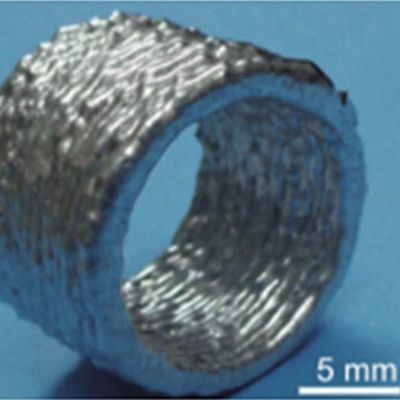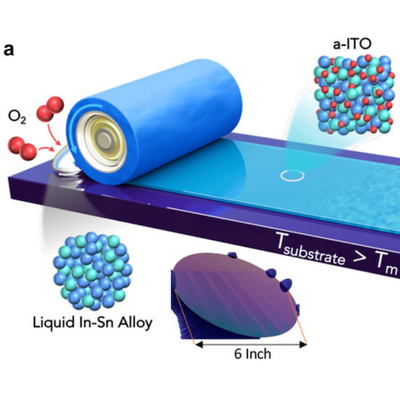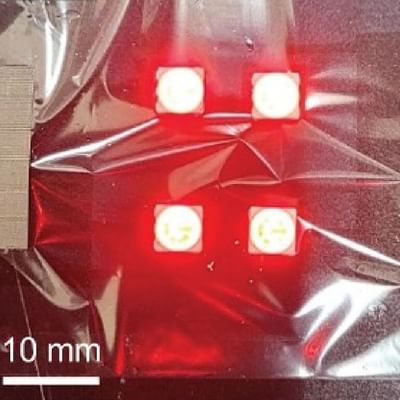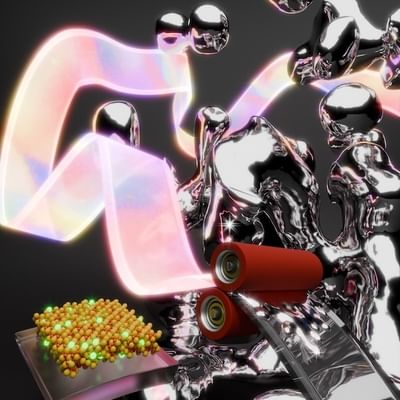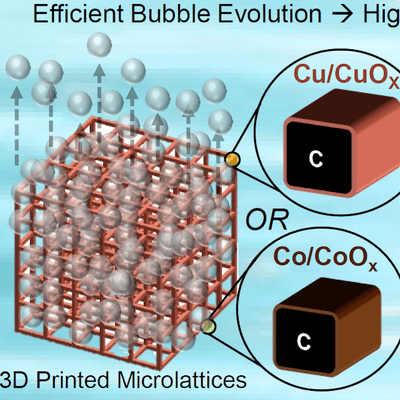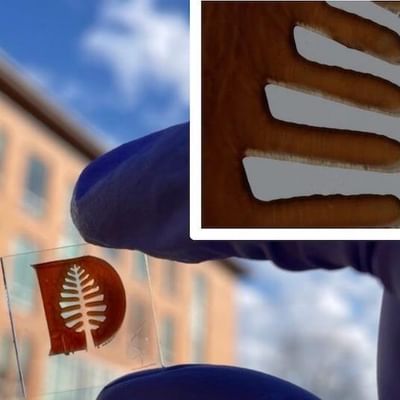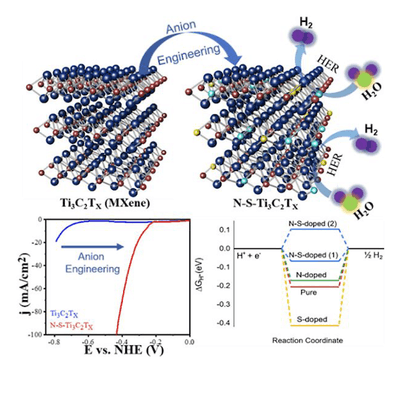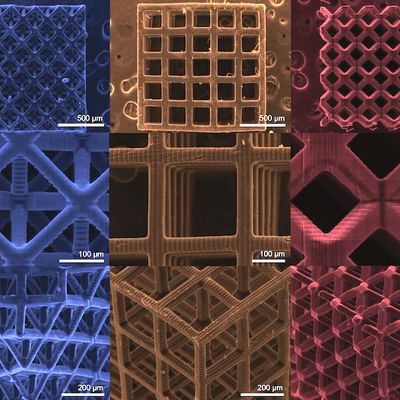- Undergraduate
Bachelor's Degrees
Bachelor of ArtsBachelor of EngineeringDual-Degree ProgramUndergraduate AdmissionsUndergraduate Experience
- Graduate
Graduate Experience
- Research
- Entrepreneurship
- Community
- About
-
Search
PhD candidate Julia Huddy talks about working in Professor Scheideler's SENSE Lab.
Overview
William Scheideler graduated with BSE degrees in electrical engineering and biomedical engineering from Duke University, and a PhD in electrical engineering from UC Berkeley. He then worked as a postdoctoral scholar in the Department of Materials Science & Engineering at Stanford University. His research focuses on developing new materials and nanomanufacturing methods for high-performance printed and flexible devices, including low-power sensors and energy harvesting for hybrid electronics. He enjoys soccer, travel, cooking, and skiing.
Research Interests
3D nanomanufacturing; low-power sensors; flexible and wearable electronics; energy harvesting; wireless devices
Education
- BSE, Electrical and Computer Engineering, Duke University 2013
- BSE, Biomedical Engineering, Duke University 2013
- PhD, Electrical Engineering and Computer Science, UC Berkeley 2017
Awards
- Woodhouse Excellence in Teaching Award, Dartmouth
- SME Outstanding Young Manufacturing Engineer Award
- National Science Foundation Graduate Research Fellowship
- UC Berkeley EECS Department Chair’s Excellence Award
- Duke University George Sherrerd III Memorial Award in Electrical and Computer Engineering
- Angier B. Duke Memorial Scholarship
Professional Activities
- Reviewer for Nature Comm., Adv. Mater., Sci. Rep., Adv. Elect. Mater., npj 2d Mater. and Appl., Adv. Opt. Mater., Adv. Energy Mater., MRS Adv., ACS Appl. Mater. Interfaces, ACS Appl. Elect. Mater., ACS Appl. Energy. Mater., ACS Appl. Nano Mater., Thin Solid Films, MRS Advances, IEEE J. Pwr. Sources, Sci. Advances, Nanoscale, Small, Nanomaterials, MDPI Sensors, IEEE Trans. on Elect. Devices, Micromachines, Coatings, IEEE J. Photovoltaics, and IEEE Elect. Device Lett.
- Early Career Editorial Board Member, Materials Today Electronics
- Member, Institute of Electrical and Electronics Engineers (IEEE)
- Member, Materials Research Society (MRS)
Selected Publications
- Ong S, Agnew SA, Rahman MS & Scheideler WJ*. Sub-nm kinetically controlled liquid metal printing of ternary antimony indium oxide transistors. Matter, 2025.
- Scheideler WJ* & Im J*. Recent advances in 3D printed electrodes – bridging the nano to mesoscale. Advanced Science, 2025.
- Rahman MS, Agnew SA, Ong S & Scheideler WJ*. Kinetic liquid metal synthesis of flexible 2D conductive oxides for multimodal wearable sensing. npj Flexible Electronics, 2024.
- Tiwari AP, Rahman MS & Scheideler WJ*. 3D printed microlattices of transition metal/metal oxides for highly stable and efficient water splitting. Advanced Materials Technologies, 2024.
- Huddy JE & Scheideler WJ*. Rapid 2D patterning of high-performance perovskites using large-area flexography. Advanced Functional Materials, 2023.
- Rahman MS, Huddy JE, Hamlin AB & Scheideler WJ*. Broadband mechanoresponsive liquid metal sensors. npj Flexible Electronics, 2022.
- Ye Y, Hamlin AB, Huddy JE, Rahman MS & Scheideler WJ*. Continuous liquid metal printed 2D transparent conductive oxide superlattices. Advanced Functional Materials, 2022.
- Hamlin A, Ye Y, Huddy J, Rahman MDS & Scheideler WJ*. 2D transistors rapidly printed from the crystalline oxide skin of molten indium. npj 2D Materials and Applications, 2022.
- Huddy JE, Rahman MS, Hamlin A, Ye Y & Scheideler WJ*. Transforming 3D-printed mesostructures into multimodal sensors with nanoscale conductive metal oxides. Cell Reports Physical Science, 2022.
- Scheideler WJ, Rolston N, Zhao O, Zhang JB & Dauskardt RH. Rapid aqueous spray fabrication of robust NiO: a simple and scalable platform for efficient perovskite solar cells. Advanced Energy Materials, 2019.
Videos
Scalable Nanomanufacturing for Flexible Electronics and Energy Devices (Seminar)
Graduate Student Research: Julia Huddy
News














